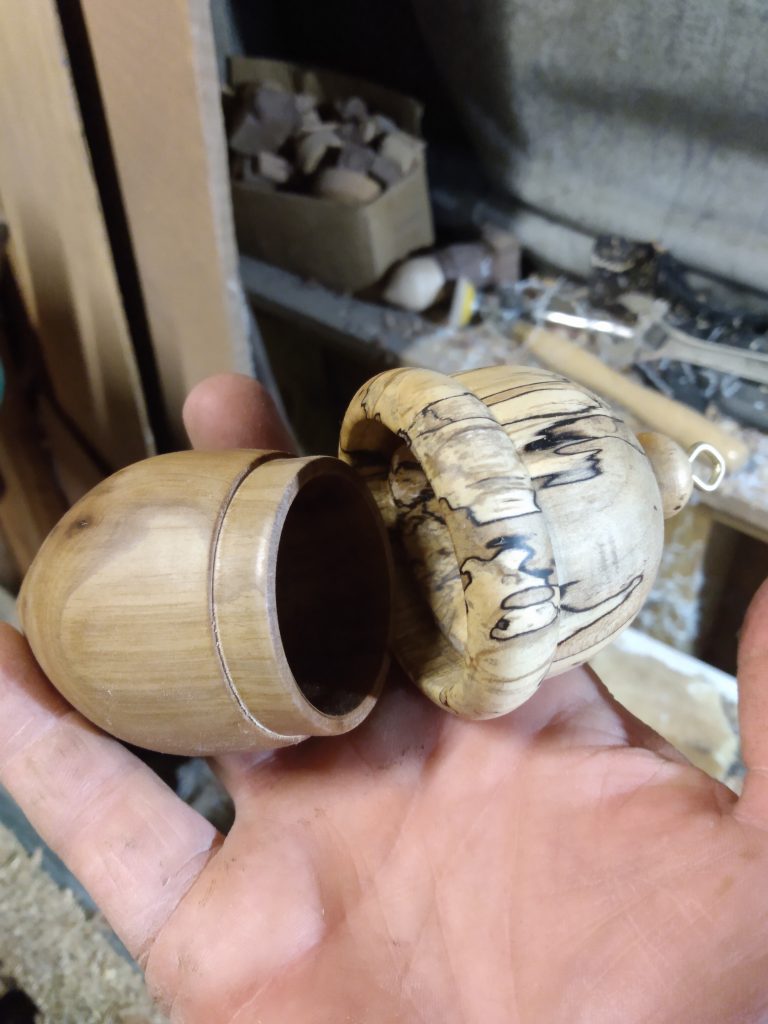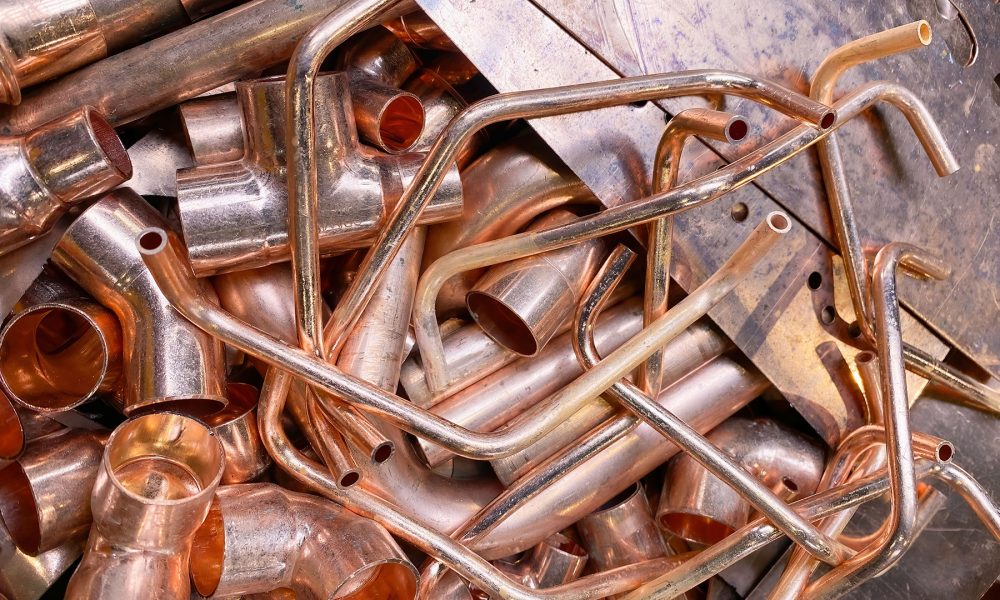By: Woodworking Gunny Bear
If you attended the Beartaria National Festival, you might remember a beardless dude hocking handmade wooden items and making toy tops for your cubs…that was me. Despite the lack of facial hair (some habits from military life have stuck with me), I have taken up several hobbies that are traditionally enjoyed by men with sweet beards. I have also been able to parlay a couple of those hobbies into a viable means of making additional income for my family. Along the way, many lessons were learned, and more than a few mistakes were made. Hopefully, my experiences will help other bears make a smooth transition from a hobby to a side hustle. After all, the best kinds of hobbies are hobbies that pay for themselves.
Step one: Choosing a hobby.
Many of us already have one or more hobbies, but I am often astounded to find so many men and women whose only activity between work hours is watching T.V., playing video games, or surfing the internet. While there is money to be made as a competitive gamer, my experience is more applicable to hobbies where creating something is involved. If you haven’t yet chosen a hobby, the most important thing to keep in mind is that it is supposed to be a hobby, not a job.
While some hobbies easily lend themselves to being a side hustle, this shouldn’t be your primary concern when deciding how to spend your free time. The main consideration should be, “Do I actually enjoy this?”
A job that you enjoy never feels like work. As for myself, the hobbies of painting landscapes and woodworking have proven to be fun, rewarding, and profitable.
Step two: Figure out how to make your hobby pay for itself.
Initially, I never thought about selling the fruits of my hobby-related labors. I started painting landscapes many years ago. As with most “maker” hobbies, I soon had stacks of completed projects taking up space in the garage. Eventually, my wife decided that it would be a good idea to hang our favorites, then give the rest away as gifts. Once all of our friends and family owned one of my original pieces, I then needed to figure out what to do with the thirty(ish) completed works still taking up space. My wife suggested that I sell them, to which my immediate reaction was laughter. Despite my doubts, I went ahead and put up a few cardboard signs stating, “Original art for sale.” I then stood some of my nicer pieces up in the driveway…and waited. To my utter amazement, people started showing up, browsed my impromptu “art exhibit,” and walked away with one or more of my Bob Ross-inspired paintings. The money made from that sale had just paid for all of my paint, brushes, and canvases. There was even enough left over to buy a quality easel and take my family out to a nice dinner.
A few years later, my wife and I took up the hobby of woodworking. We have subsequently enjoyed countless hours of fun together and have paid for our tools and materials many times over (our first purchase with craft fair money was actually a chicken plucker). Admittedly, artwork and wooden toys, tools, etc., are fairly easy to monetize. The difficulty arises when the hobby doesn’t culminate in an easily sellable product. For example, if your hobby is fishing, you probably won’t enjoy hauling your catch to an open-air market and selling trout fillets. However, there is definitely a market for hand-tied flies and custom-made lures. In other words, you may have to find a specific aspect of your hobby that is monetizable. Some other examples would be an avid hiker offering guided nature walks or a crochet hobbyist selling scarves and beanies. Even a minimally skilled leather worker can find a way to earn a fist full of nickels by selling a few “What would Jesus do?” bracelets. The key is discerning which aspect of your hobby results in something useful or appealing to someone else.


Step three: Find your market
Once you have your potential product identified, your next step is to find your market. This will largely depend on what your product is. Internet sale sites such as Etsy or Craigslist, craft shows, farmer’s markets, and swap meets are all great places to sell physical goods. Alternatively, things like guided hikes, surfing lessons, or digital items may be more successfully monetized via social media sites and word-of-mouth endorsement. Casting a broad net will help to quickly identify the best places to market your product.
Step four: Learn from your mistakes and make the most of your successes
I have made many mistakes along the way and have also had my fair share of success. What’s important is that you look at both as lessons and apply them to your craft. The best lessons are learned from someone else’s mistakes. In this spirit, I will convey some of my knowledge so you can learn the easy way. The following are a few of my lessons learned…
- Don’t skimp when it comes to essential tools. I can’t count how many “cheap” tools I went through before finally breaking down and shelling out the money for the more expensive, well-made version.
- “Free” and “used” may be four-letter words, but they are good ones. You can save big by keeping an eye out for materials and quality used tools at thrift or antique stores, garage sales, and online. We have acquired some of our most beautiful wood from neighbors who just cut a tree down and were looking for someone to haul it off. We have also saved hundreds of dollars by opting for quality used versions of many of our most expensive tools.
- Remember that you can sell one million things for a dollar or one thing for a million dollars, but how many people carry around a million bucks? We do make a few expensive items, but they don’t always sell. We also make a bunch of inexpensive items that sell consistently. Those cheaper items always pay the bills, and when the expensive ones do sell, it’s gravy.
- Get the family involved. My wife also enjoys woodworking. She specializes in different areas, which increases the number of unique items that we can offer. Additionally, our daughter sells her artwork alongside our wooden crafts. This teaches her about labor/work ethic, finances, and business practices. It also turns a festival or craft show into a fun family affair.
- Don’t get burned out. Remember that this is an activity that you chose because you enjoy it. I reached a point where I was doing commissioned pieces, staying up late to fill orders, and quickly realizing that my hobbies had somehow become work. I made a conscious decision to shut down the wood lathe for a time and to stop doing commissioned paintings. I focused on settling into our new farm, and until this year’s Bear Festival, I didn’t try to sell a single one of our creations. Because of this year-long break, along with the knowledge that I was making things for other bears, my hobbies had become fun again. We now participate in just a few craft fairs a year and can focus on the making, not the selling.
A hobby is a rewarding and enjoyable way to spend your free time. It can also be an opportunity to spend quality time with family and friends. Lastly, it can be a means to supplement your income while doing something fun. Happy hobbying.




